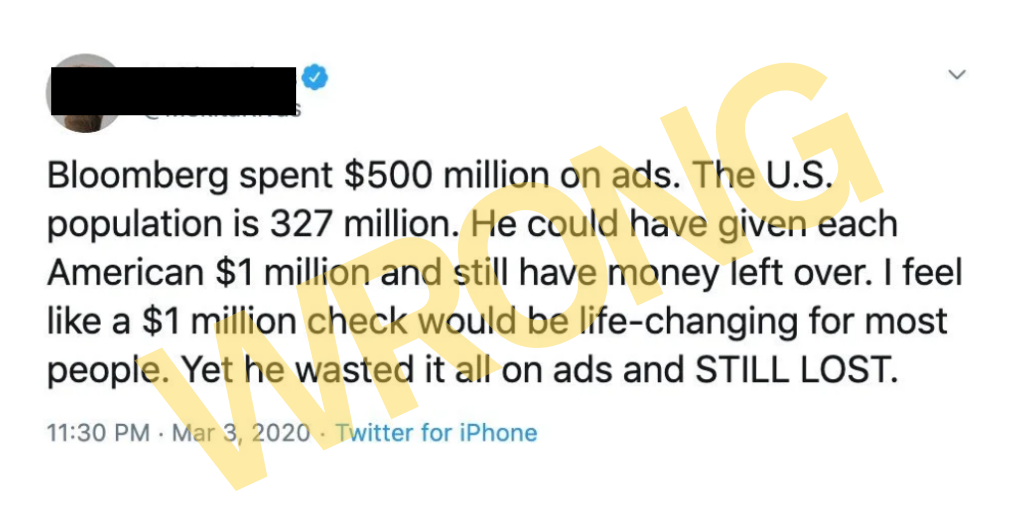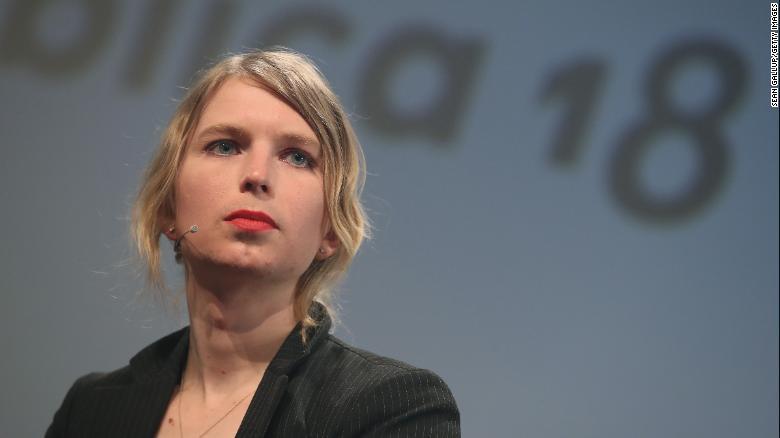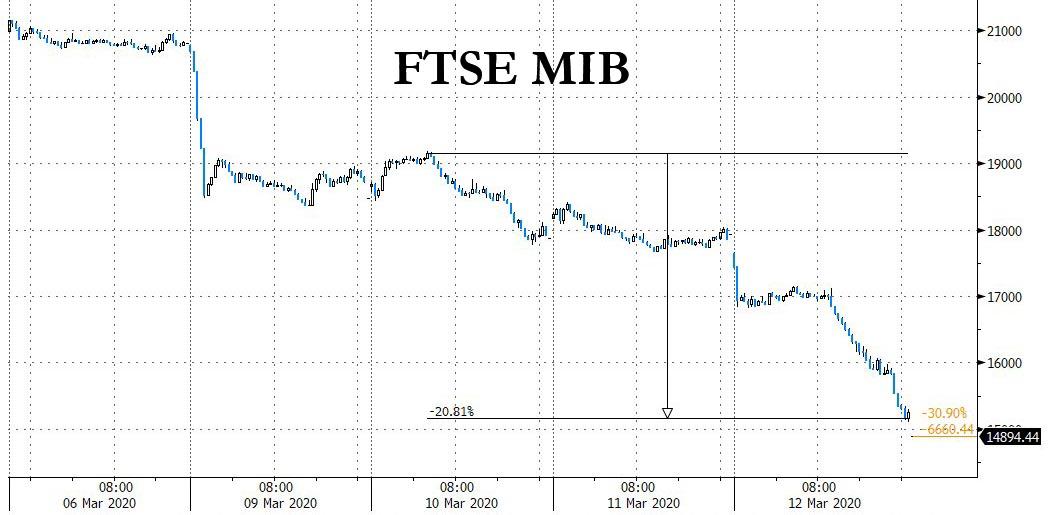China Faces Interest Rate Dilemma With No Winning Options
Authored by Mike Shedlock via MishTalk,
Michael Pettis at China Financial Markets has an interesting chain of Tweets on China’s unsolvable interest rate mess.
Preemptive Steps Needed to Contain CPI
China Daily reports Preemptive Steps Needed to Contain CPI
China’s consumer price index (CPI), the main gauge of inflation, grew 5.2 percent year-on-year in February, the National Bureau of Statistics said on Tuesday. The growth, in line with market expectations, was slightly lower than 5.4 percent in January. On a monthly basis, consumer prices edged up 0.8 percent.
Food prices, which account for nearly one-third of weighting in China’s CPI, went up 21.9 percent year-on-year in February, contributing 4.45 percentage points to the rise in the index as the novel coronavirus outbreak disrupted market supplies and demands.
That the CPI has been above 5 percent for two consecutive months has raised fears that China could face high inflation in the long run, which could have a negative impact on people’s livelihoods that have already been affected by the novel coronavirus epidemic.
Bank of China Faces a Real Dilemma with Interest Rates
Hiking rates in the midst of shocks like this are out of the question. There are no preemptive steps to take.
CPI Inflation is at 5% but bank interest rates are only 1.5%.
Food production has collapsed, but lower interest rates to stimulate will stimulate the wrong things while hurting consumer savings.
Lower spreads will hurt bank profits and the Chinese banking system is a basket of nonperforming SOE loans.
Pettis Tweet Thread on China’s Dilemma
-
It seems to me that the PBoC faces a real dilemma with interest rates. Thanks to still-soaring food costs CPI inflation in February remained above 5%, well above the deposit rate, with 1-year deposits at 1.50% and average deposits much lower. This means…
-
…that the value of household savings is being eroded by rising food costs, and this effectively represents a wealth transfer away from households, with poorer households being hit harder (both because of limited savings opportunities and because food is a larger share of…
-
…their consumption basket). This is exactly the opposite of what Beijing needs if it is to reduce its over-reliance on spurious investment to generate growth. If households have to increase their savings rate in order to make up for the inflation tax, they must spend less…
-
…on consumption, in which case China needs more investment to generate the same amount of growth. This is why the PBoC doesn’t want to lower the deposit rate. But it cannot raise rates either. Unlike in 2000-11, when banks and corporate/government borrowers were the huge…
-
…beneficiaries from extremely negative real interest rates, they aren’t this time around. With negative PPI inflation, and a 1-year loan prime rate of 4.05%, manufacturers may in fact be borrowing at very high real rates, especially given that all the inflation is showing…
-
…up in food prices, whereas the prices of the manufactured goods they produce are stable or even trending down. This probably just means that last year’s collapse in meat production – which is the main source of CPI inflation – is being paid for in part by households, in…
-
…the form of an erosion in the value of their savings, in part by businesses, in the form of high real borrowing costs, and of course in part by farmers. This makes it very difficult for the PBoC either to raise lending rates or lower deposit rates, and of course it can’t…
-
…narrow the spread because that would effectively force already-undercapitalized banks to absorb the cost. Once food prices drop we might see a very sharp reversal of wealth transfers from the household sector, but until then the PBoC doesn’t have much space for maneuver.
Here is the Lead Tweet if you want to see it all on Twitter.
Inflation or Deflation?
This was the subject of a debate on Twitter. Many see a round of inflation but I generally see it differently.
The collapse in demand will take care of shortages except for critical things like food.
China has a unique problem. Low food production and a soaring CPI in response.
Unless there is a food production problem in the US, the Fed will not face the same dilemma.
Exporters Hit Hardest
The global export powerhouses will get hit the hardest by this.
China and Germany are at the top of the list.
Deflationary US Outcome
I believe a Very Deflationary Outcome Has Begun.
Prepare for another round of debt deflation, possibly accompanied by a lower CPI especially if one accurately includes home prices instead of rents in the CPI calculation.
Central banks’ seriously misguided attempts to defeat routine consumer price deflation is what fuels the destructive asset bubbles that eventually collapse
I am not blaming the Fed for the coronavirus and these shocks.
However, I am blaming the Fed for its erroneous inflationary tactics that blew three of the biggest economic bubble in succession: 2000, 2007, 2020.
Bubbles are inherently deflationary. It’s asset asset bubble deflation that is damaging, not routine price deflation
“Deflation may actually boost output. Lower prices increase real incomes and wealth. And they may also make export goods more competitive,” stated a BIS study.
For a discussion of the BIS deflation study, please see Historical Perspective on CPI Deflations: How Damaging are They?
Supply Shock and a Demand Shock Coming Up
A Supply Shock and a Demand Shock are Coming Up.
Worth Repeating
Well – Not Me
I have been calling for lower and lower yieldsPeople do not understand debt deflation https://t.co/lzrOAq3BPl
— Mike “Mish” Shedlock (@MishGEA) February 27, 2020
Deflation is not really about prices. It’s about the value of debt on the books of banks that cannot be paid back by zombie corporations and individuals.
75% of Companies Suffer From Coronavirus Supply Chain Disruptions
The ISM says 75% of Companies Suffer From Coronavirus Supply Chain Disruptions
Don’t expect inflation out of this except in medical supplies and related items.
Q. Why?
A: The demand shock over stock market decline and lost wages has not been felt yet. It soon will.
Tyler Durden
Thu, 03/12/2020 – 20:25
via ZeroHedge News https://ift.tt/39MUERl Tyler Durden






